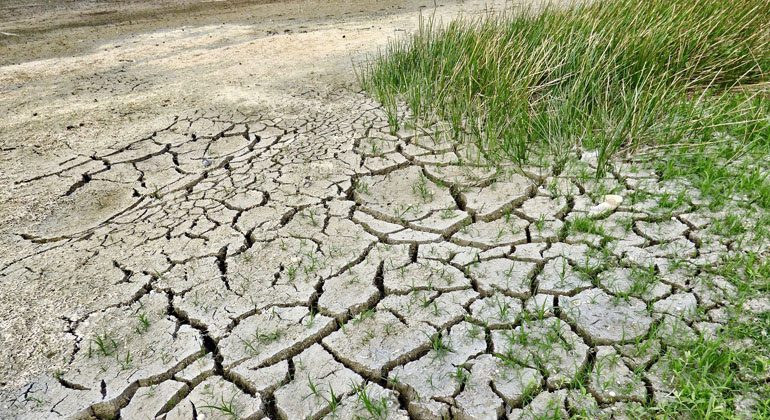Effects of extreme drought are underestimated worldwide
An international research team including a Bayreuth scientist and her research group has investigated the links between extreme drought, biodiversity and production losses on a global scale.
With the help of a worldwide experiment at 100 locations on six continents, they have identified Biodiversity in grassland is an effective protection against crop failure during droughts. The study has now been published in Proceedings of the National Academy of Sciences.
Grassland and open land cover more than 40% of the Earth’s land area. Grassland is an important carbon sink. Researchers from all over the world have therefore joined forces in an international Drought-Net Experiment (IDE) to investigate the consequences of increasing drought due to climate change on different ecosystems. Prof. Dr. Anke Jentsch, holder of the Chair of Disturbance Ecology and Vegetation Dynamics at the University of Bayreuth, is involved.
By reducing precipitation by up to 50% at 100 research sites on six continents using experimental roof constructions, the scientists found that a single year of drought can reduce vegetation growth by more than 80%. This significantly reduces the ability of ecosystems to absorb carbon dioxide. Overall, plant growth in grasslands artificially exposed to drought declined by an average of 36%, which is far higher than previous estimates. The special feature: “In contrast to the globally observed effects, the simulated drought had no significant impact on biomass production at around 20% of the study sites, including a species-rich grassland site in Germany,” says disturbance ecologist Anke Jentsch. The climate at German sites was more humid, the number of plant species higher and the drought less severe than on the prairie. Overall, species-rich meadows in the wetter zone of Central Europe survived the drought better than those in drier climate zones.
The research results can help ecologists predict which ecosystems are most at risk during periods of drought and what the wider ecological impact will be. Less plant material can mean less food for grazing animals or even lower harvests. Anke Jentsch points out that during the last summer drought in Europe, intensively managed grassland with relatively few species, such as pure farm meadows or sown clover-grass mixtures, was severely affected. “By maintaining species-rich hay meadows or sowing and reseeding a more diverse species mix, such grasslands could continue to maintain vegetation dynamics and provide the desired ecosystem services even during severe drought,” she says. “Biodiversity promotes resilience to extreme events and faster recovery: In changing extreme weather situations, meadows are particularly stable due to the diversity of functional properties of their ‘members’, i.e. herbs and grasses. Promoting biodiversity in grassland is therefore an effective protection against crop failure during droughts.”
- Links: https://droughtnet.weebly.com/
- Publication: “Extreme drought impacts have been underestimated in grasslands and shrublands globally”; Melinda D. Smith, Kate D. Wilkins, Martin C. Holdrege, and Xiaoan Zuo; The Proceedings of the National Academy of Sciences (PNAS), a peer reviewed journal of the National Academy of Sciences (NAS); January 8, 2024; 121 (4) e2309881120; DOI: https://doi.org/10.1073/pnas.2309881120








